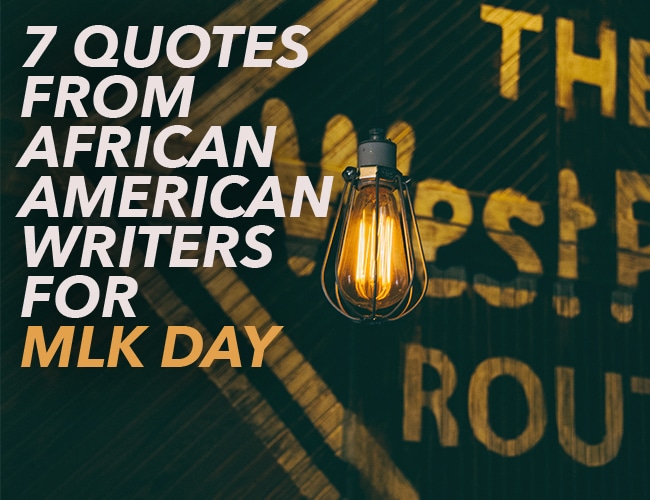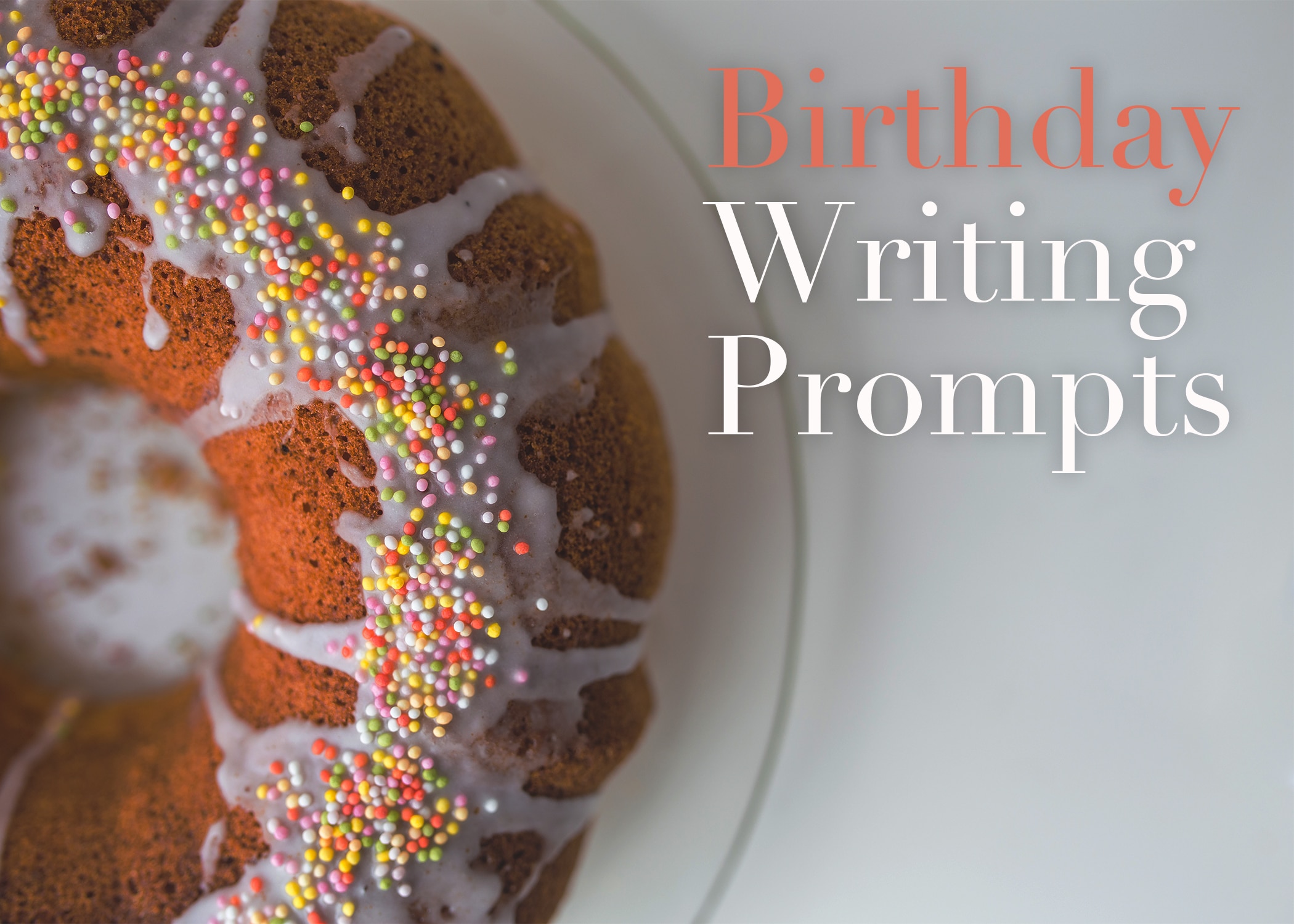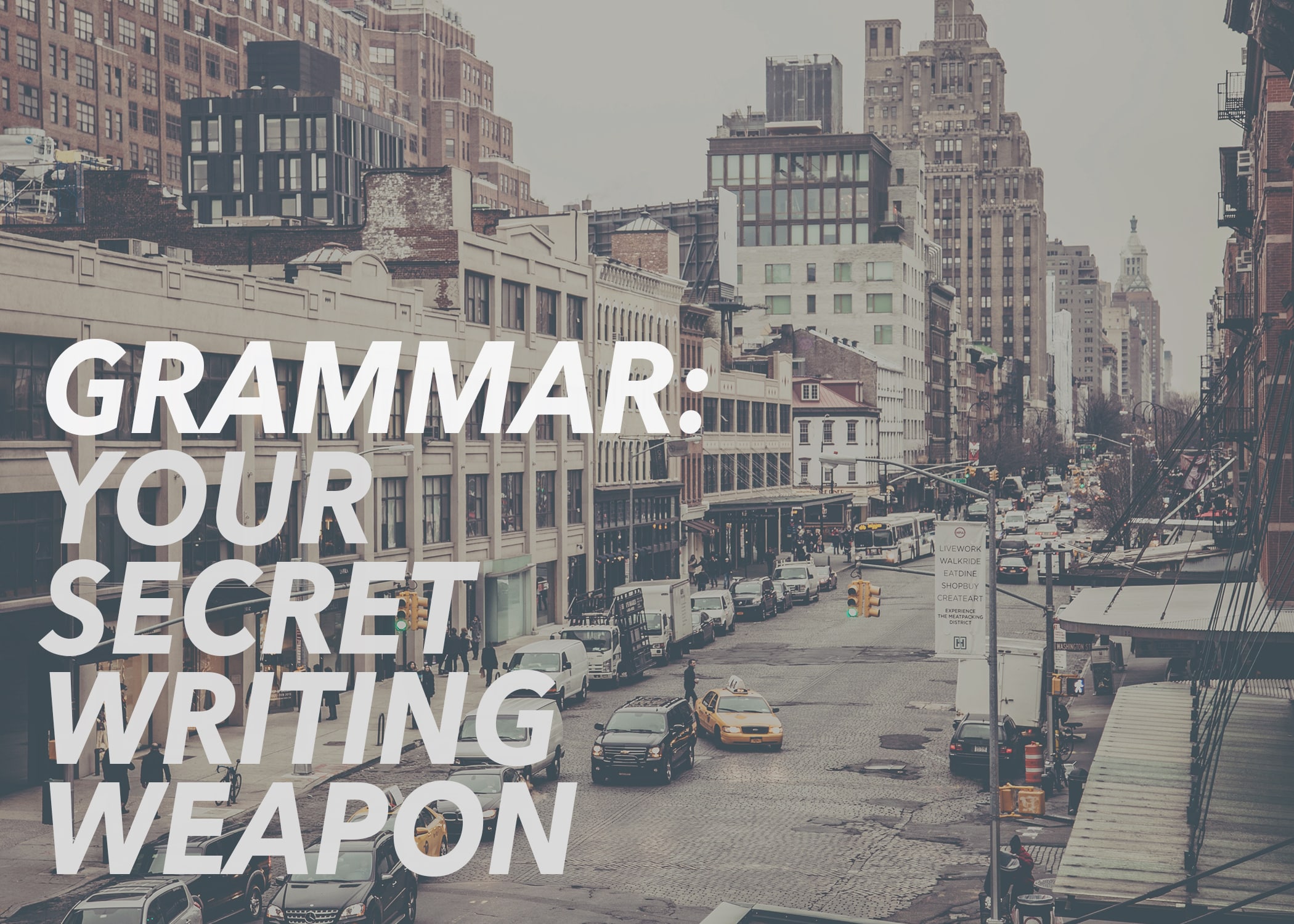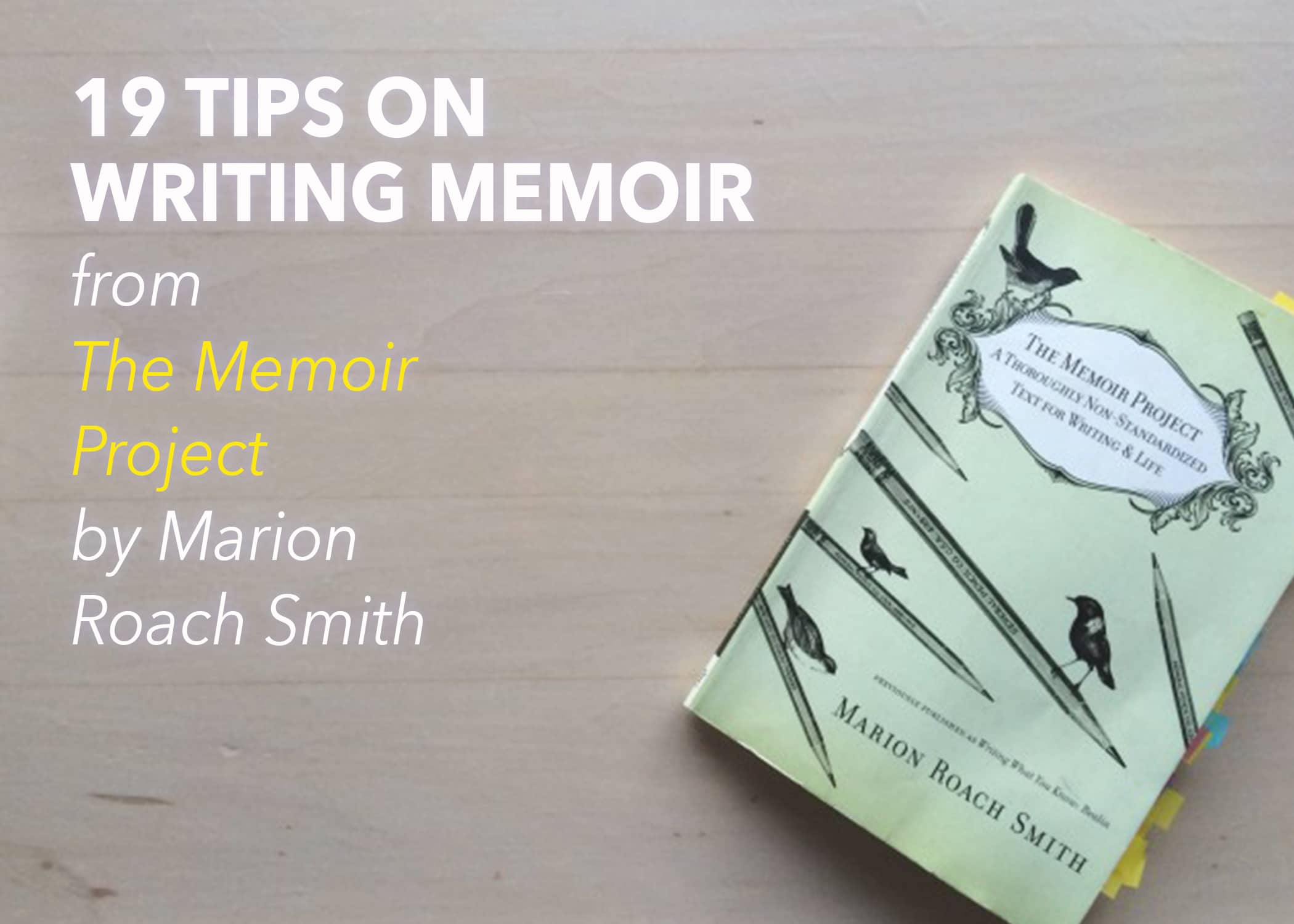
by Emily Wenstrom |
Words. As writers, we pound them out by the minute, fuss over every adjective, and worry over every comma. In fact we go through so many of them that they sometimes begin to feel meaningless. But if there was ever a person to remind us of how incredibly powerful words can be, Martin Luther King, Jr., is it.

by Birgitte Rasine |
Confession time. How much exercise have you done today? How about yesterday? Over the course of the past week?
And why am I talking about exercise on a website for writers?
Because getting your body up and moving is good for your plotlines.

by Monica M. Clark |
In honor of this writer’s birthday (and birthday obsession), here are three birthday-inspired writing prompts.

by Guest Blogger |
Looking for a way to achieve an edge that will raise your writing to the top of an agent’s or editor’s inbox? Dreaming that your pitches, cover letters, query letters, and actual prose will stand out and be noticed? Just want to be taken more seriously as a writer?
It’s a lot easier than you think.

by Pamela Fernuik |
I have read The Memoir Project three times. I have taken notes and underlined my favorite sections. Marion Roach Smith has solid advice on how to write your own stories. Let me share nineteen tips on writing memoir from The Memoir Project.





